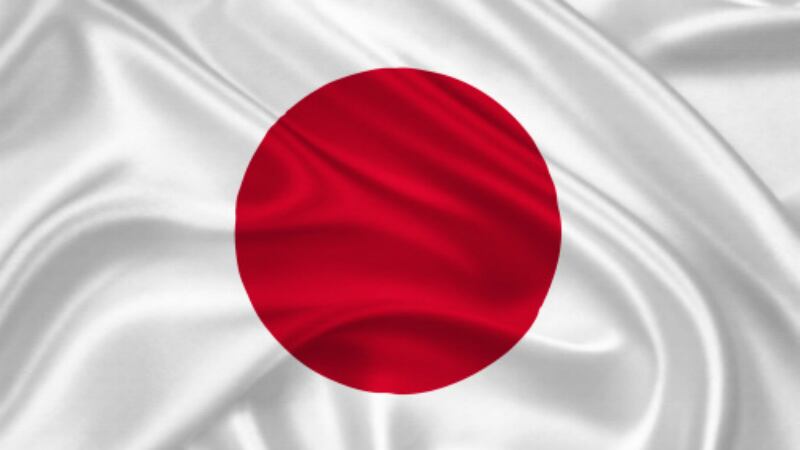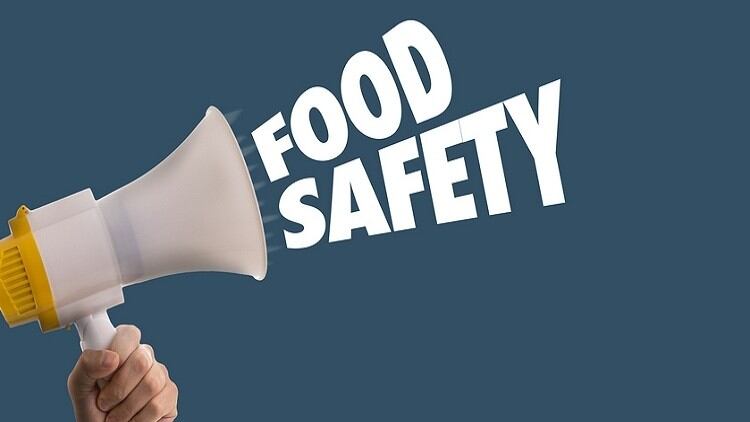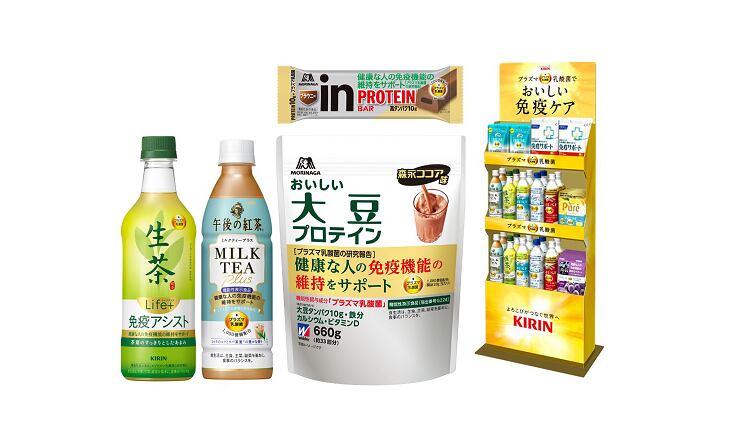Trend-based launches: Kirin rolls out first hard seltzers and new Japanese whiskey products
Alcohol giant Kirin has launched out its first hard seltzers in Japan as well as a new whiskey in response to rising trends surrounding ready-to-drink (RTD) consumption and sustained interest in the country’s whiskey sector.
The RTD alcoholic drinks consumption trend is picking up speed particularly amongst Japanese consumers in the 20 to 30-year-old age group, with Kirin highlighting that the sales forecast for hard seltzers has been predicted to grow to take over approximately 11% of Japan’s entire local RTD category sales.
“Kirin Brewery saw that RTD consumption has been growing rapidly partly due to the influence of COVID-19 leading to more ‘chill our and relax’ occasions which are very suitable as RTD consumption opportunities,” Kirin Corporate Communications Assistant Manager Yoko Shiode told FoodNavigator-Asia.
Organic growth: Greek premium herbal tea firm Anassa coming to the boil in Japan
Greek organic herbal tea firm Anassa Organics says sales in Japan are performing strong, one year after entering what remains a niche category in the country.
The brand is working with Japanese partner Kanazawa Daichi and has seen sales double to around 3,000 in the first quarter of 2022 since entering the market in January 2021.
Overall, the Japanese outfit has managed to sell 8,500 units of Anassa herbal tea in Japan. Around 90% were in sachet form, whereas the balance 10% was in tin format, said executive manager Motomu Sugano.
“We aim to sell more (Anassa tea products) in Japan and trying to boost sales. Compared to Europe and America, the organic market in Japan is small. However, it is easy to introduce Anassa because consumers understand its quality,” said Sugano.
Seafood resuscitation: Japan rolls out new fishery policy to revive and industrialise much-challenged sector
The Japanese government has introduced a new national fishery policy to promote efficient industrialisation and revitalisation for the local industry in view of the many challenges the one-prosperous sector has faced over the past several years.
Seafood has historically been one of Japan’s most traditional and treasured protein sources, with the country being famed for dishes made using fish such as salmon and unagi – but in recent years, the trend appears to have been going in the opposite direction, with many of the younger generation’s consumers shunning seafood in favour of chicken or pork.
In order to stem this decline, the Japanese government launched a new ‘Fishery Basic Plan’ earlier this year, after the expiration of a prior national fishery five-year plan, with this new strategy expected to govern the fishery industry’s progress and development over the next decade.
“Japan is blessed with a wide variety of marine products being surrounded by the sea on all four sides, and the fishery sector has long been considered a provider of important foods to support the health and economy for the people, [hence] it is crucial to ensure a stable supply of fishery products and to properly develop the industry,” Japan Fisheries Agency (JFA) said via a formal statement.
Fighting nuclear fears? Japan launches foreign language food radiation brochures as it battles to win confidence
The Japanese government has published a series of foreign language brochures on food and radiation in hopes of winning back the confidence of foreign markets that still have food and beverage import bans in place following the 2011 Fukushima nuclear disaster.
As of February 2022, some 11 years after the incident, the majority of countries around the world have lifted most import restrictions and/or bans on food and beverage products from affected prefectures in Japan, particularly Fukushima, Gunma, Ibaraki, Tochigi and Chiba.
Only four countries now remain with a full or partial ban on products from these regions: China, South Korea, Macau and Hong Kong – and it is clear that Japan’s recent move to translate its food and radiation brochures is targeted at these markets based on the languages chosen: English, Mandarin Chinese and Korean.
“We have created English, Chinese and Korean versions of the latest edition of our Food and Radiation [mini brochure],” stated Japan’s Consumer Affairs Agency (CAA) via a formal statement.
Sales up in Q1 at Danone
French food company Danone has published its first quarter financial report, which shows net sales of €6.236bn ($6.76bn) in the first quarter, up 7.1% on a like-for-like basis, with price up 4.9% and volume/mix up 2.2%, while net sales rose by 10.2% on a reported basis.China, North Asia & Oceania sales increased by 15.3% on a like-for-like basis, led by 13.2% in volume/mix and 2.1% in price. In China, Infant Milk Nutrition posted mid-teens growth. By channel, domestic channels selling Chinese Labels grew mid-teens; International Labels sold in cross-border eCommerce platforms delivered strong growth, largely offsetting the further decline of International Labels in Indirect channels (daigous, friends and family). Special Pediatric solutions and Adult Nutrition delivered double-digit growth, while Mizone registered a slight decline in the quarter, hampered by recent lockdowns. Beyond China, Japan delivered solid growth in EDP, while Oceania platforms showed momentum in Specialized Nutrition.





